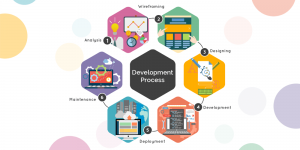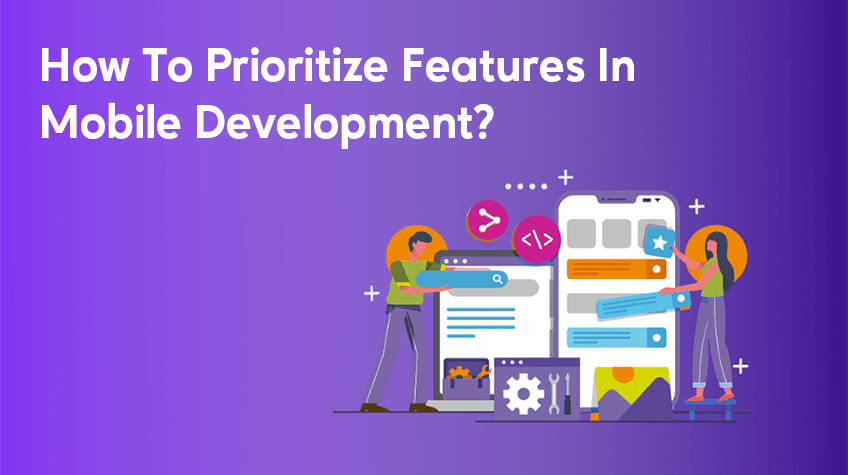
It is not an easy task to determine what features should be in the initial version of a new software product. But prioritizing them should be the first step irrespective of how challenging it is. This is true for any kind of application development, be it mobile or web-based. If done correctly, prioritization can put your development project on the right track. On the flip side, if you prioritize the wrong features, your project is likely to prove a wasted investment..
It is crucial to ensure that the application deliverables are well-aligned with a robust and strategic vision in the early stages. In software development, there is always an urge to include every great feature that pops into the mind. However, doing this can be detrimental, and the end result might not meet the user’s needs. Hence, it becomes essential to know how to prioritize features for software development.
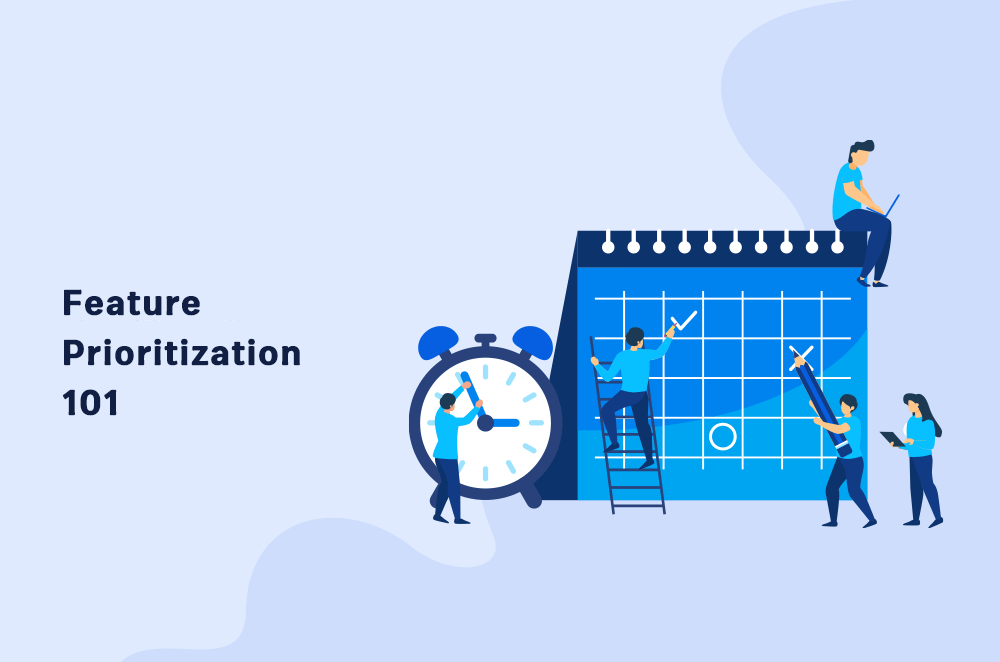
Image Source: productmanagerhq.com
Importance of Prioritizing Features in a Mobile App
Before getting into the how part, let’s understand the importance of prioritizing features. If you have a mobile application idea, then in your mind, there will be a clear image of what it will do and what the end goal is going to be. But putting everything all at once might land you into a few problems.
Some of the obstacles that you might encounter are:
- The application will most likely become cost-prohibitive.
- You’ll end up putting features that you think are needed but might not be.
- Developing too many features in one go can stretch the time it takes to launch the application. This can open doors for competitors to acquire new users.
- You might end up launching features that belong to the premium category. If so, monetizing them will become challenging.
Because of these reasons, it becomes prudent to prioritize features for mobile applications. By prioritizing, you can make the app cost-effective, have a defined scope, reach the market quicker, and, more importantly, save some additional features to monetize later.
Different Approaches For Prioritizing Features
Now that it’s established that features prioritization is essential let’s look at the approaches one can follow to do so. When it comes to prioritization, there is no shortage of approaches that can be used. What approach works best for you will be based on your project and its requirements.
Features prioritization techniques can be categorized into the following ways:
► Nominal Scale Approach
In the nominal scale approach, all the features that pop into the mind are classified into different categories. Instead of prioritizing all the individual features, these categories are prioritized, which means all the features in a category will be assigned with the same priority.
The nominal scale approach can be further classified into two parts: the numerical assignment technique and the MoSCoW technique.
Numerical Assignment Technique: In this technique, as the name suggests, the feature categories are assigned a numerical value. For example, the least important feature category will be assigned with one. On the other hand, the most critical feature category will be assigned with ten. All the features in each category will be similar and have the same priority.
The MoSCoW Technique: In this technique, all the features are classified into four categories for determining the priority level. These categories are: must haves, should haves, could haves, and won’t haves.
- Must Haves: For the application to work properly and give the desired output, these features must be there.
- Should Haves: These are those high priority features that might help users have a better experience. But these are not critical for application launch.
- Could Haves: These features are basically a wishlist that can enhance product design and functionality in future.
- Won’t Haves: Features that are omitted. They can be launched in the future depending on the needs.
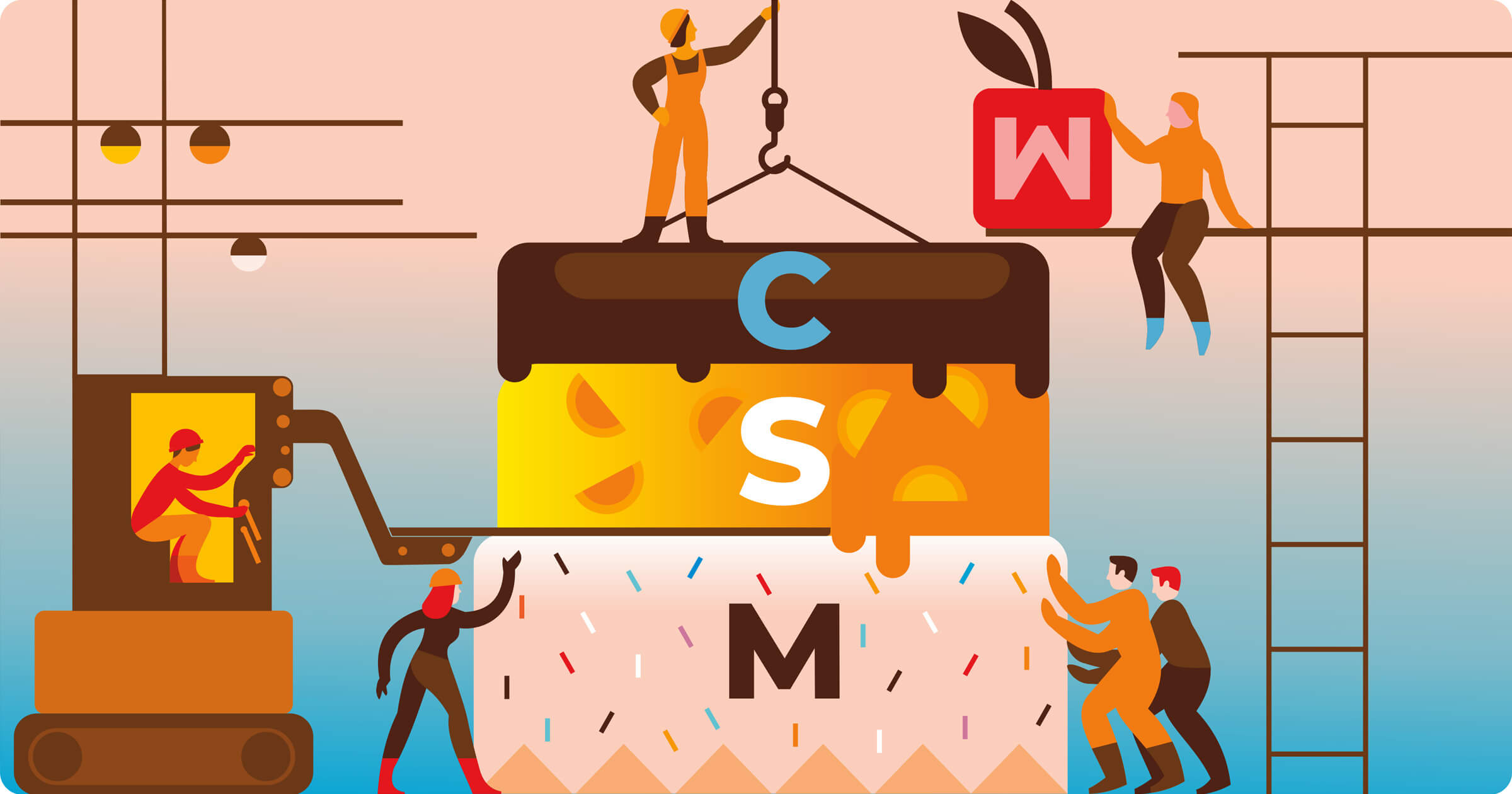
Image Source: Railsware
► Ordinal Scale Approach
In the ordinal scale approach, all the items are prioritized individually. In this approach, two different techniques can be applied to prioritize features. They are:
Priority Groups Technique: In this technique, feature groups are prioritized into high, medium, and low categories. These categories are further prioritized till the point when there’s only one feature in each subgroup. This technique is most suitable for complex applications that have multiple required features.
Bubble Sort Technique: This technique uses pairs of features to compare and prioritize. This technique is most suitable for development projects where time is very important. It is highly effective in applications with fewer features.
Also See: 6 Myths of App Development and How to Avoid Them
► Ratio Scale Approach
When prioritization is done by using the ratio scale approach, a ranked list of features is generated. Just like the other two approaches, the ratio scale approach also has a few variations.
Analytic Hierarchy Process is used deciding features is complex. Attributes and alternatives are used for each feature, and then they are ranked in order of importance.
Minimal Spanning Tree Technique does the prioritization work very quickly. Like the bubble sort technique, it also uses pairs, but here the aim is to remove the redundancy. All the pairs of features are compared using the AHP scale of one to nine. This technique is highly compatible with applications that have a large number of features.
Using Data Mining and ML: Based on the business goals, stakeholder concerns, and other metrics like app performance and usability, you can create a machine learning model to prioritize the right features. Using this method, you can completely eliminate emotions from the game, which is both a pro and a con.
How to Prioritize Features in Mobile Development
In order to prioritize features of a mobile application, you can use any of the above-mentioned approaches with some addition. Basically, the aim is to replicate the agile software development method where you start small, test the hypothesis, get feedback from the users, and improve the app on a regular basis. By following, you’ll be able to create a flexible app that has no irrelevant features.
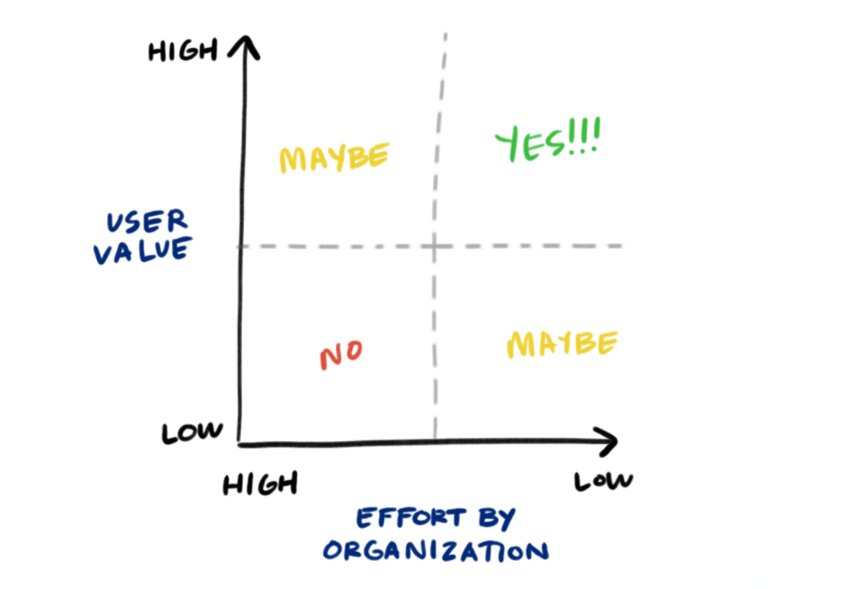
Image Source: Nielsen Norman Group
For feature prioritization to be effective, it is crucial to identify the major value that your product is going to bring to the customers. In most of the applications, there are only a couple of core/primary features and a lot of secondary features to support primary ones. It is important to dedicate the required time to find out those killer features.
After the core features are identified, it becomes easy to know what your secondary features are going to be. This makes it very convenient to eliminate all those features that are not critical for the initial launch. The focus should always be on the primary features and then develop around them.
So, the prioritization should be done according to what is:
- Absolutely Necessary.
- Important but for the initial launch.
- Nice-to-have.
Let’s take a closer look at these.
⇒ Absolutely Necessary Features
These are the features that land in the ‘Must Haves’ section of the MoSCoW technique. You cannot even think of launching the app with any of the absolutely necessary features missing. The initial users will interact with these features to give you the required feedback to add new things.
The features in this section provide the most value to the customers, and most of the time, the business and app revenue is dependent on these.
⇒ Features That Are Important But Not Necessary For Initial Launch
In MoSCoW categories, these features will fit into the ‘Should Haves’ section. These can be saved for later to improve the application through software updates. You can even make some of these features premium and monetize them- after all, they are to improve the user experience. The features in this category are essential, high quality, and value for money.
You can use these features later to enhance the primary features and the overall application.
⇒ Nice-to-have features
There should be some metrics in place to evaluate the actual contributions of features to the value of the application. You cannot put too much of your budget into improving the features that do not provide much value. You do not want to overcrowd the app for the launch. It is best to keep these nice-to-have features for later and make it easy for the user to understand how the app works. You can only increase the complexity of the application once your user base is comfortable with the current version. Keeping it simple is the key to successful mobile development.
Also see: Advantages of iOS Application Development for Your Business
Final Words
Narrowing the list of features is one of the most effective and impactful steps that you can take in the early stages of development. It ensures that you start on the right foot. In your next/upcoming mobile development project, you can surely use various approaches and techniques to prioritize features. Doing this will ensure that your project aligns with the goals you’ve set.

